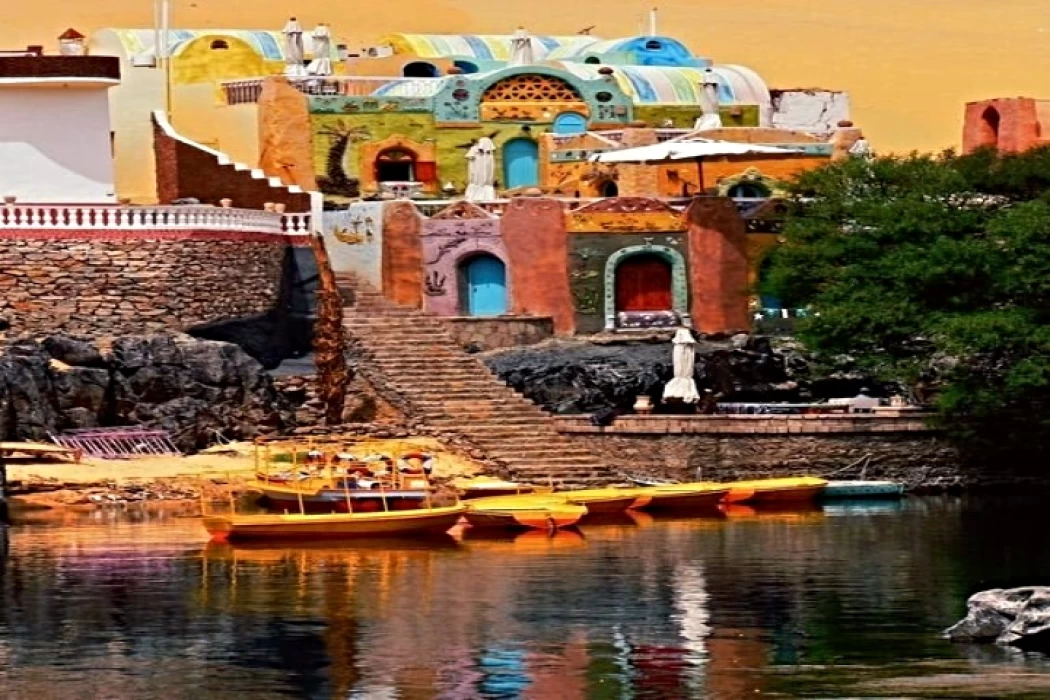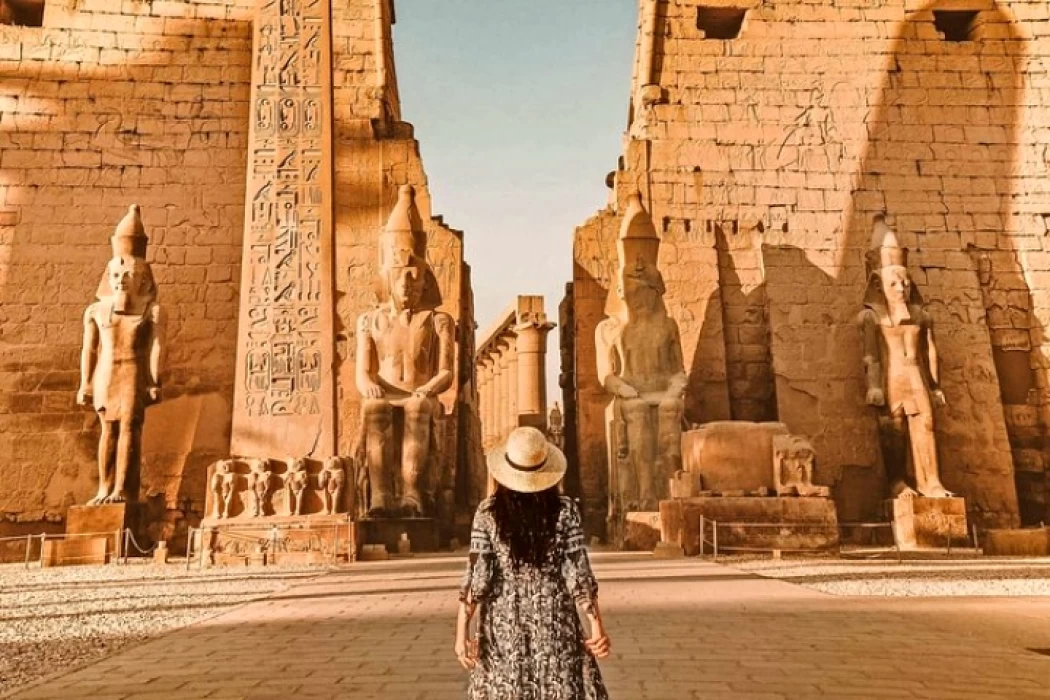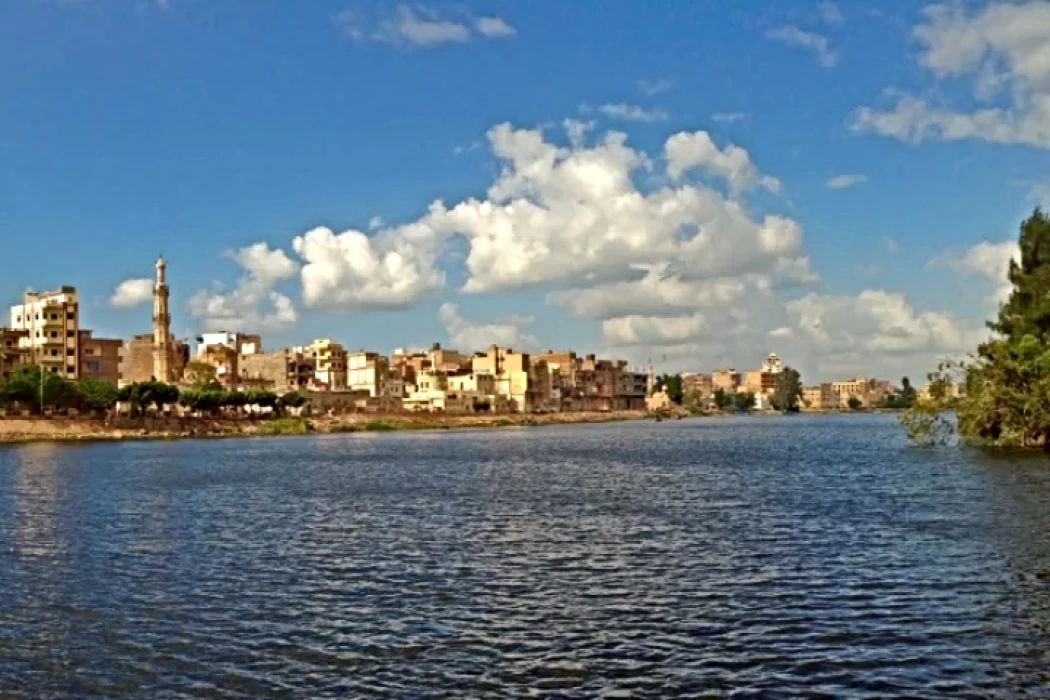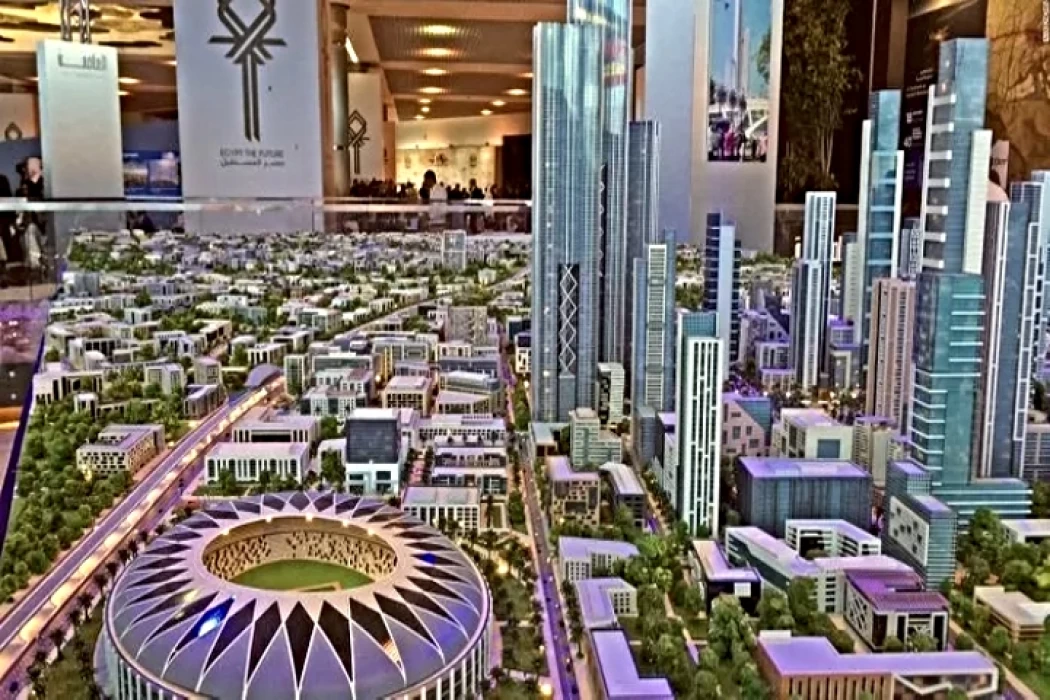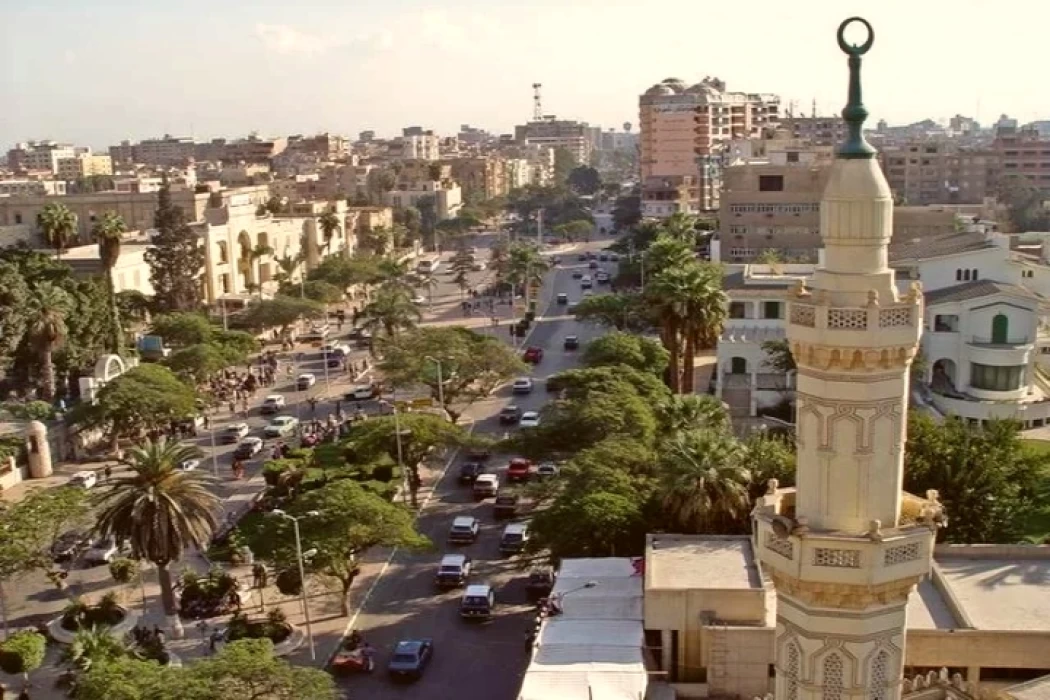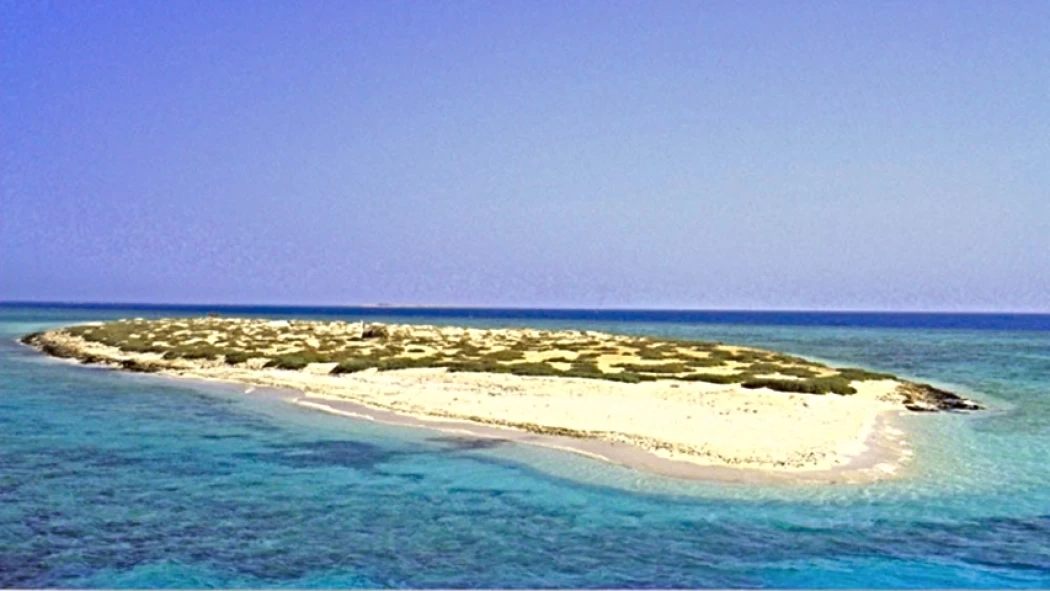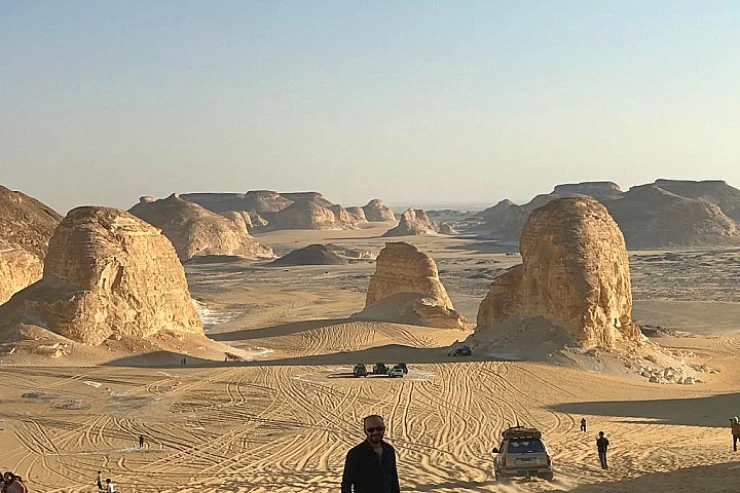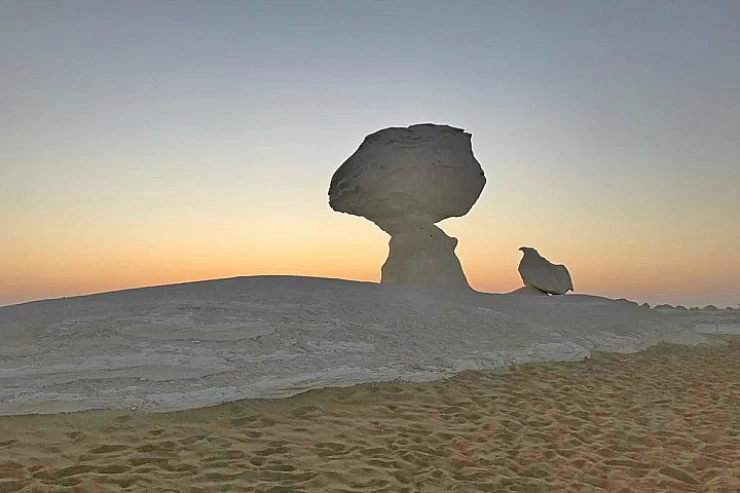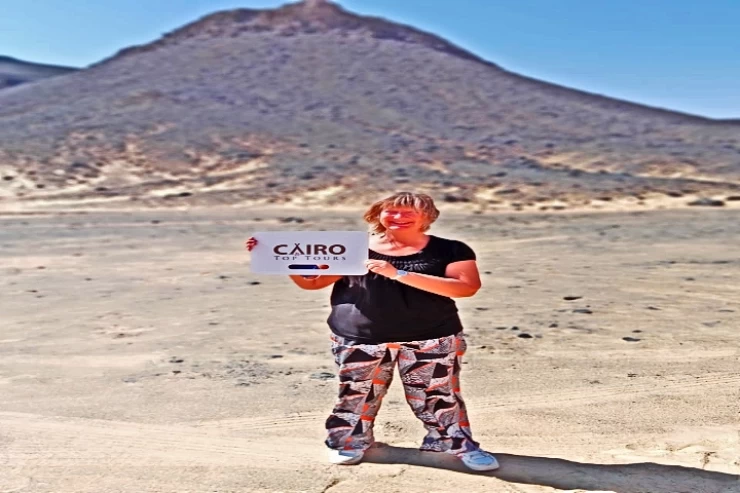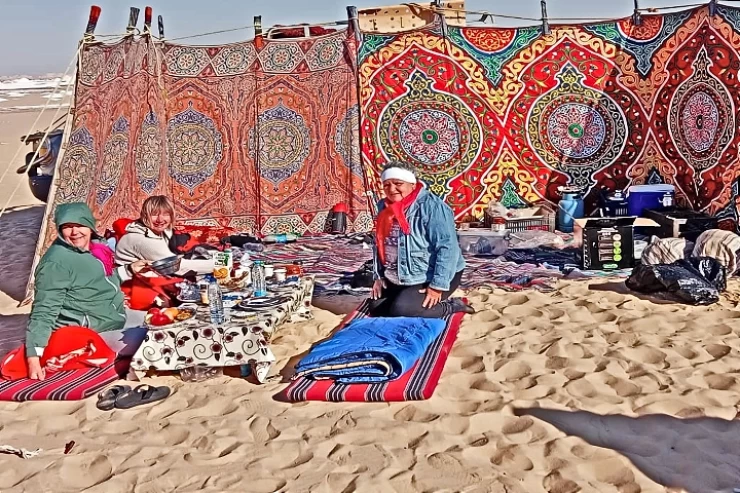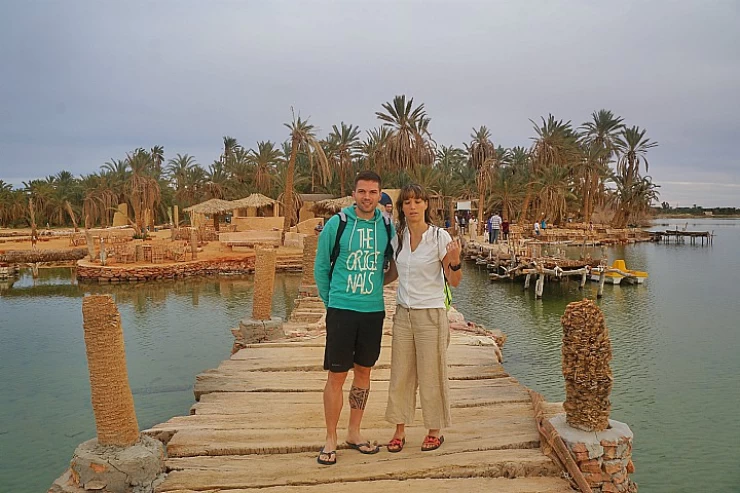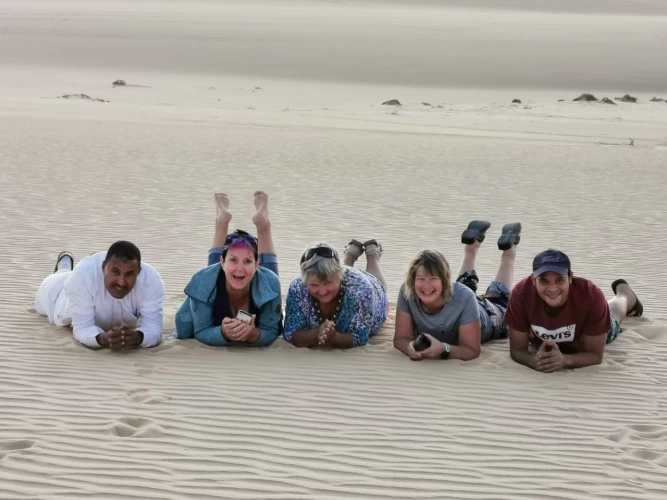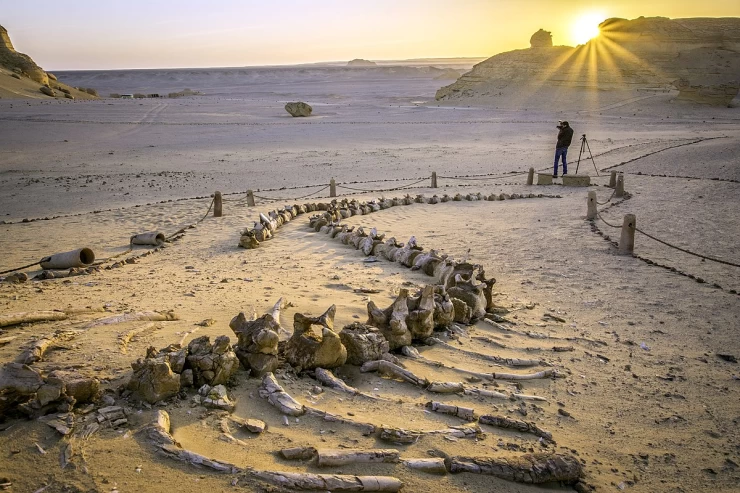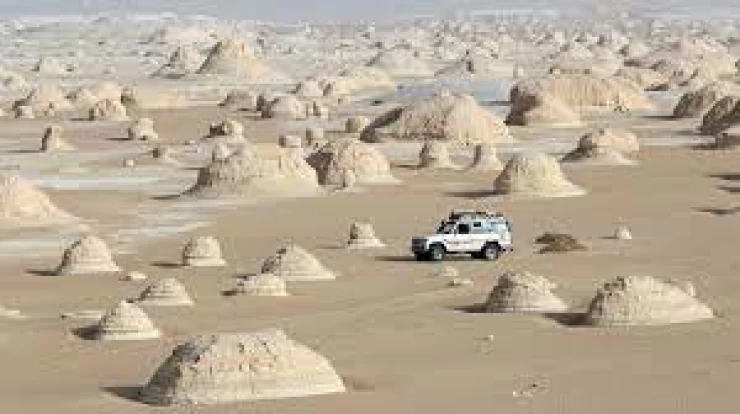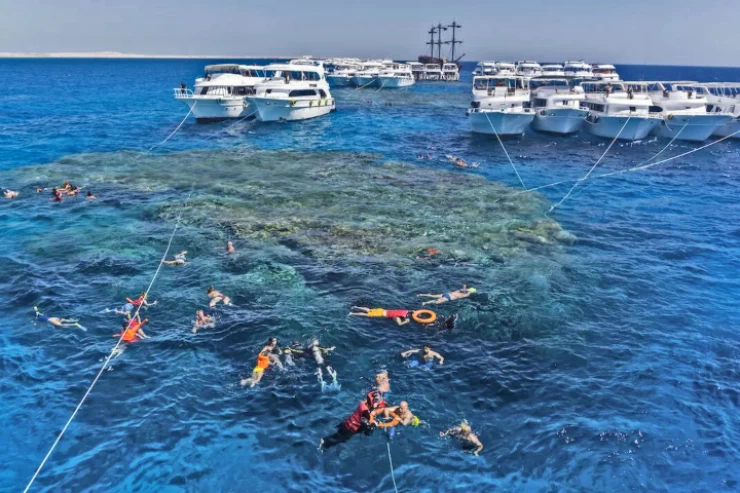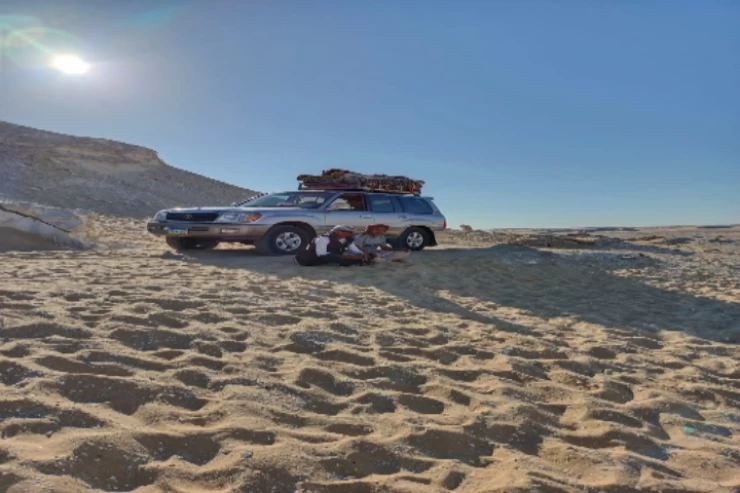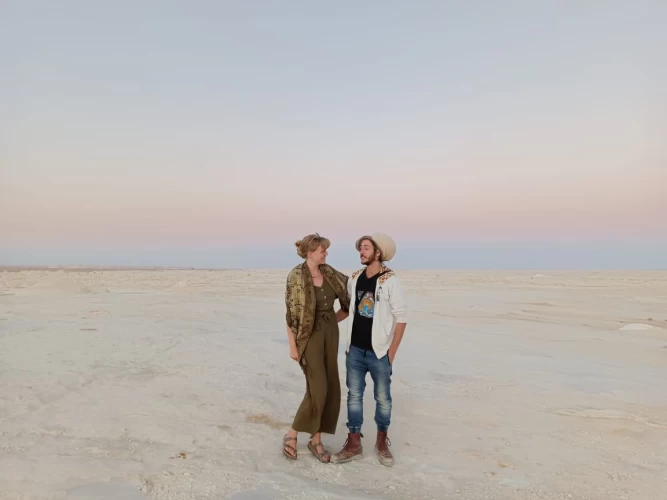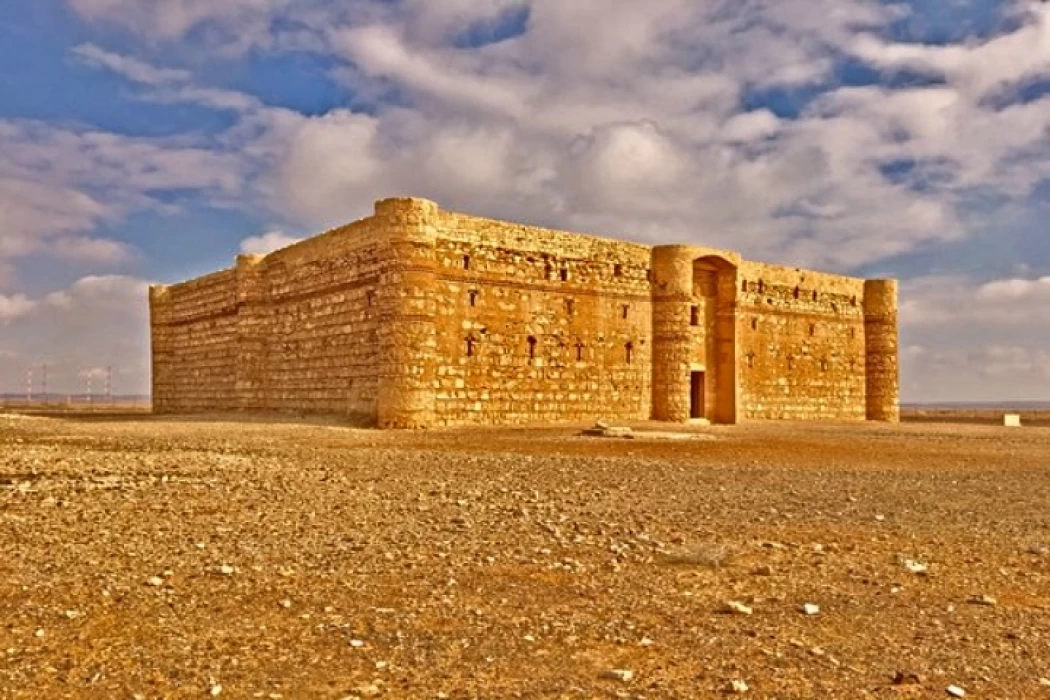
Desert Castles of Jordan
Jordan's desert palaces
Jordan's desert palaces are a beautiful reflection of the early days of Islamic architecture and arts. These palaces still stand in their place, telling their tales of that glorious era that enriched Jordan's history. With their mosaics, murals, stone and plaster sculptures, and paintings, inspired by the most prominent Persian, Roman, and Greek traditions, they tell us about life in the 8th century AD. They are called palaces because of their imposing structure.
In fact, these desert buildings served a variety of purposes: they were caravan stops, agricultural and trade centers, refuges, and military outposts that helped rulers in distant regions establish relations with the Bedouins of the region. You can visit many of these buildings, which are still preserved today, most of them located east and south of Amman, in a day or two.
Qasr al-Mushatta is an Umayyad desert palace built by Caliph al-Walid bin Yazid in 744 AD, located 32 km southeast of the capital, Amman.
Ajloun Castle was built in the 12th century during the reign of Saladin. The castle is located on Mount Awf at an altitude of 1250 meters above sea level, 68 km north of the capital Amman.
Tuba Palace is found around 140 kilometers to the southeast of the Amman City and was constructed under the authority of Umayyad caliph, Al-Walid bin Yazid in the year 743 AD.
Located at a distance of 55 km east of the capital city of Amman, Al-Harana Palace was constructed prior to the onset of the eight century during the rule of Caliph Al-Walid Bin Abdul Malik.
Qasr Amra is situated 85 kilometers to the east of Amman city and constitutes an early eight century edifice of the Umayyad Caliph Yazid ibn Abd al-Malik. It comprises of a reception hall and a bath hall next to it, and it also served as a stronghold and a residence for the Umayyad Caliphs. Qasr Amra has been inscribed as a UNESCO World Heritage Site and such as wall and ceiling paintings, with the floors being provisioned with the art of mosaic, it is one of the great artworks and archite1303 controlarcha modern buldings aside considerations.
Latest Articles
Admin
Aswan Governerate in Egypt
One of Egypt's southern governorates is Aswan Governorate. The city of Aswan serves as its capital. At a latitude of 22 north of the equator (also known as the Tropic of Cancer), it is bounded to the north by the Qena Governorate, to the east by the Red Sea Governorate, to the west by the New Valley Governorate, and to the south by the Republic of Sudan.
Admin
Luxor Governorate Egypt
The capital of the Arab Republic of Egypt is Luxor City, which was once known as "Thebes City" because it served as Egypt's capital during the Pharaonic era. It is situated in the South Upper Egypt region, approximately 670 kilometers from the capital Cairo from the south. It is bordered on the north by Qena Governorate, on the south by Aswan Governorate, on the east by Red Sea Governorate, and on the west by New Valley Governorate.
Admin
History of kafr El Sheikh Governorate
Kafr El Sheikh Governorate is an Egyptian governorate, located in the northernmost part of Egypt in the Nile Delta, with Kafr El Sheikh as its capital. It had a population of 3,172,753 in 2015 and an area of 3,748 km². Its entire area is located north of the delta and overlooks the Mediterranean Sea. The main economic activity of the residents of the governorate is agriculture and fishing, especially the southern lands of the governorate and the lands overlooking the Nile River - Rosetta Branch.
Admin
Egypt's New Administrative Capital
The New Administrative Capital is located between the Cairo-Suez and Cairo-Ain Sokhna roads, 60 km from Cairo and the same distance from Ain Sokhna and Suez. The New Administrative Capital is located on the border of Badr City, in the area between the Cairo-Suez and Cairo-Ain Sokhna roads, just after New Cairo, Mostakbal City and Madinaty.
Admin
Al Gharbia Governorate
Gharbia Governorate is one of the governorates full of archaeological sites, whether they are places or facilities (mosques, churches), as the governorate is a destination for visitors to these places throughout the year, whether they are Egyptians from the different governorates.
Admin
Hamata Islands (Qulaan Archipelago) in Marsa Alam
The Hamata area, south of Marsa Alam in the Red Sea, is one of the most important parts of the Wadi El Gemal Reserve, whether in the desert or the sea. It was named after the sorrel plant, which was distorted to Hamata.
